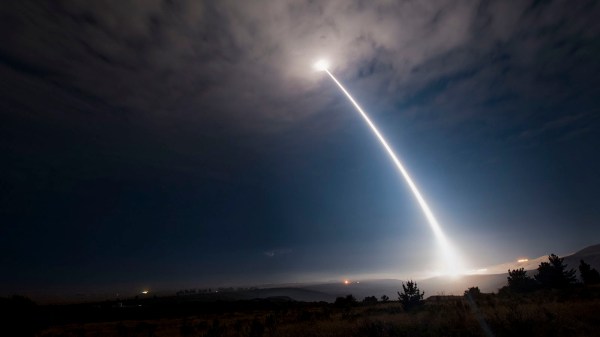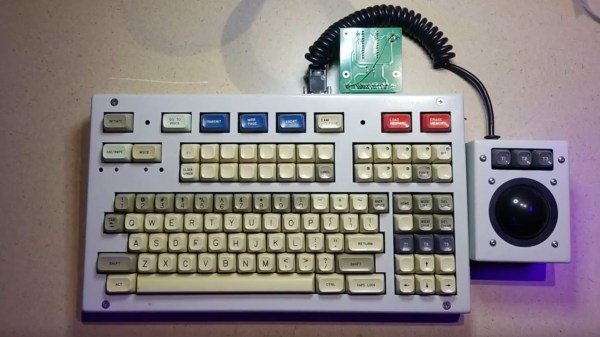On November 5th, the United States launched an LGM-30G Minuteman III ICBM from Vandenberg Space Force Base in California. Roughly 30 minutes later the three warheads onboard struck their targets 4,200 miles (6,759 km) away at the Reagan Test Site in the Marshall Islands. What is remarkable about this test is not that one of these ICBMs was fired — as this is regularly done to test the readiness of the US’ ICBMs — but rather that it carried three warheads instead of a single one.
Originally the Minuteman III ICBMs were equipped with three warheads, but in 2014 this was reduced to just one as a result of arms control limits agreed upon with Russia. This New Start Treaty expires in 2026 and the plan is to put three warheads back in the 400 operational Minuteman III ICBMs in the US’ arsenal. To this end a validation test had to be performed, yet a 2023 launch failed. So far it appears that this new launch has succeeded.
Although the three warheads in this November 5 launch were not nuclear warheads but rather Joint Test Assemblies, one of them contained more than just instrumentation to provide flight telemetry. In order to test the delivery vehicle more fully a so-called ‘high-fidelity’ JTA was also used which is assembled much like a real warhead, including explosives. The only difference being that no nuclear material is present, just surrogate materials to create a similar balance as the full warhead.
Assuming the many gigabytes of test data checks out these Minuteman III ICBMs should be ready to serve well into the 2030s at which point the much-delayed LGM-35 Sentinel should take over.












